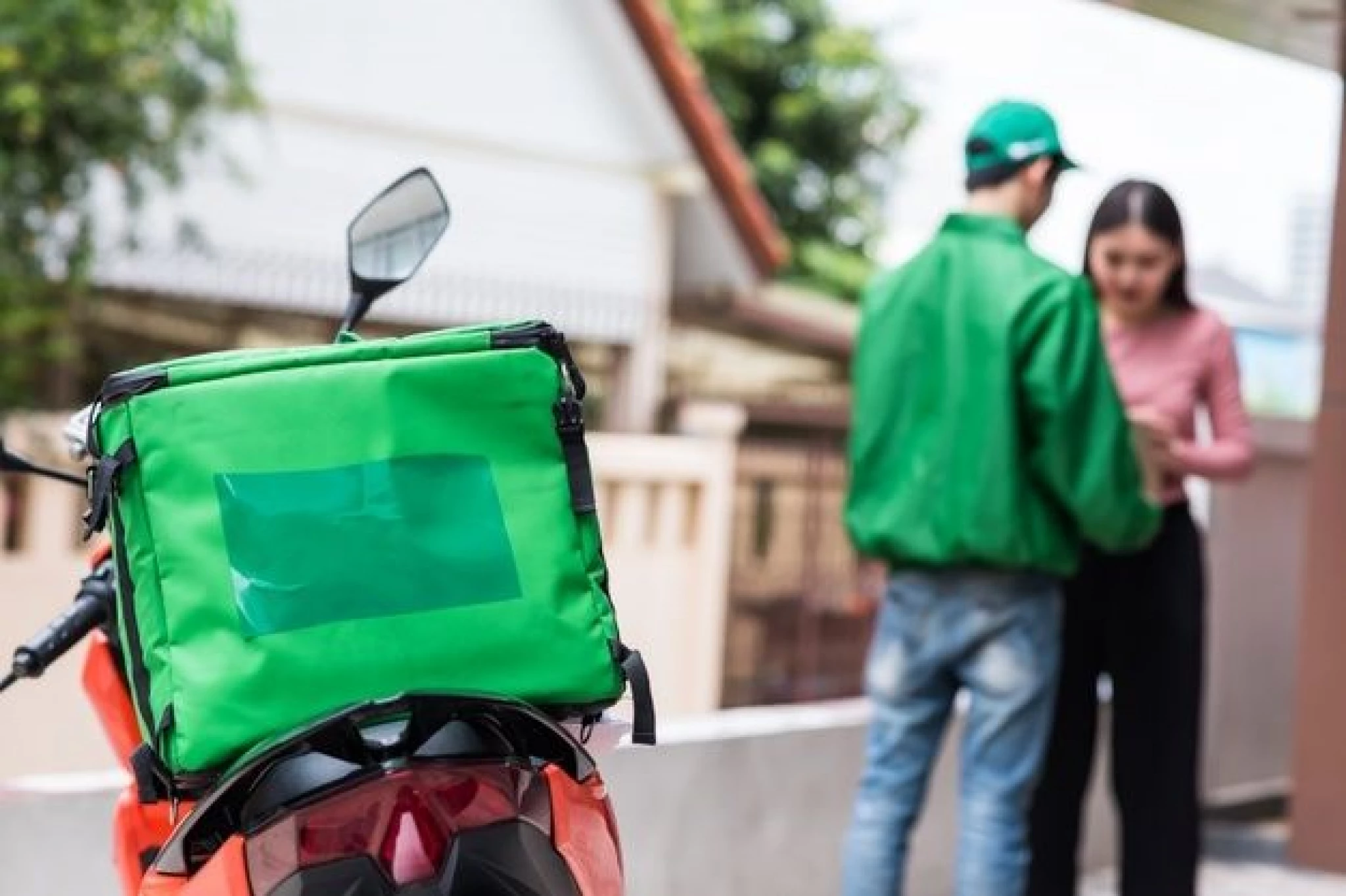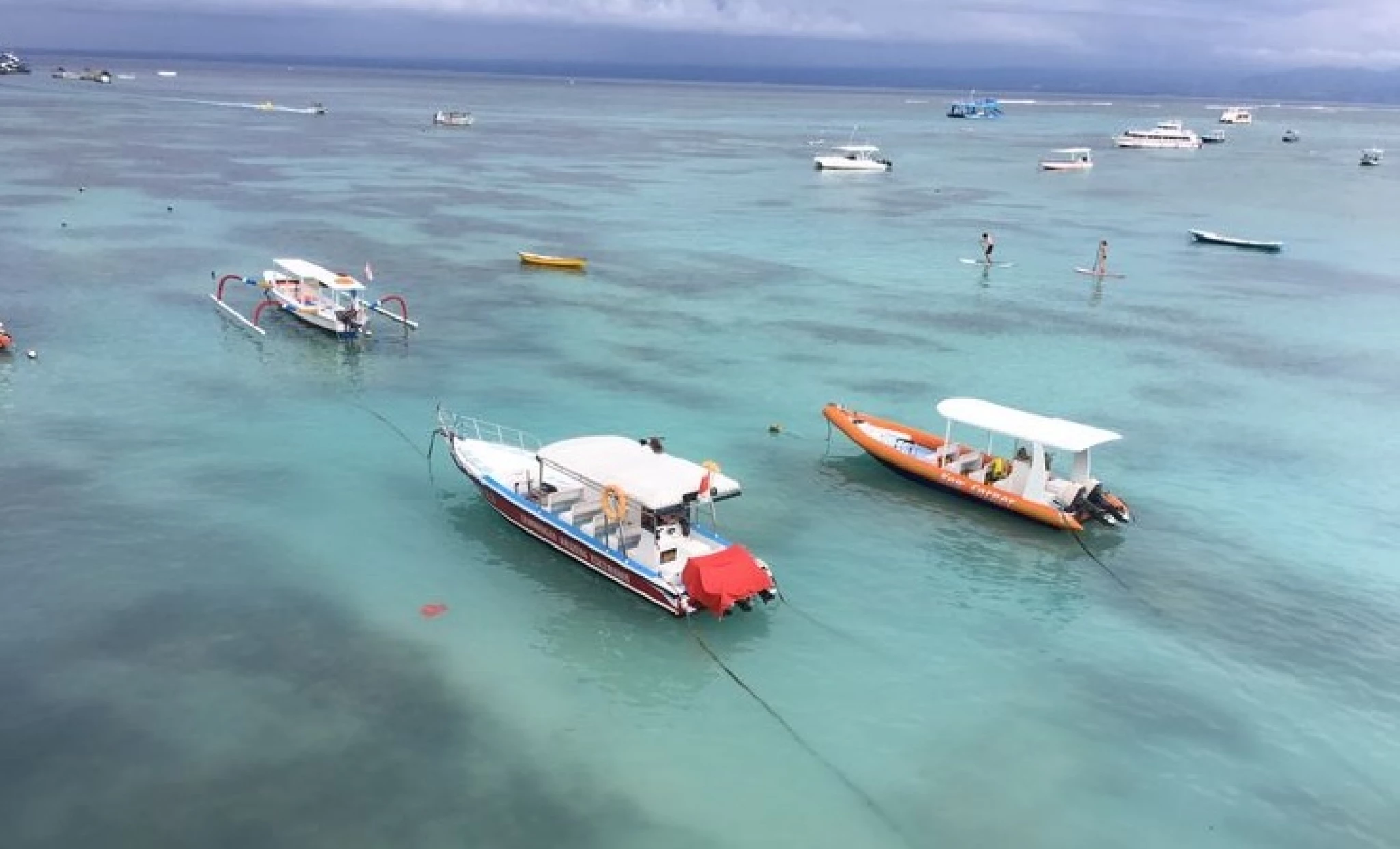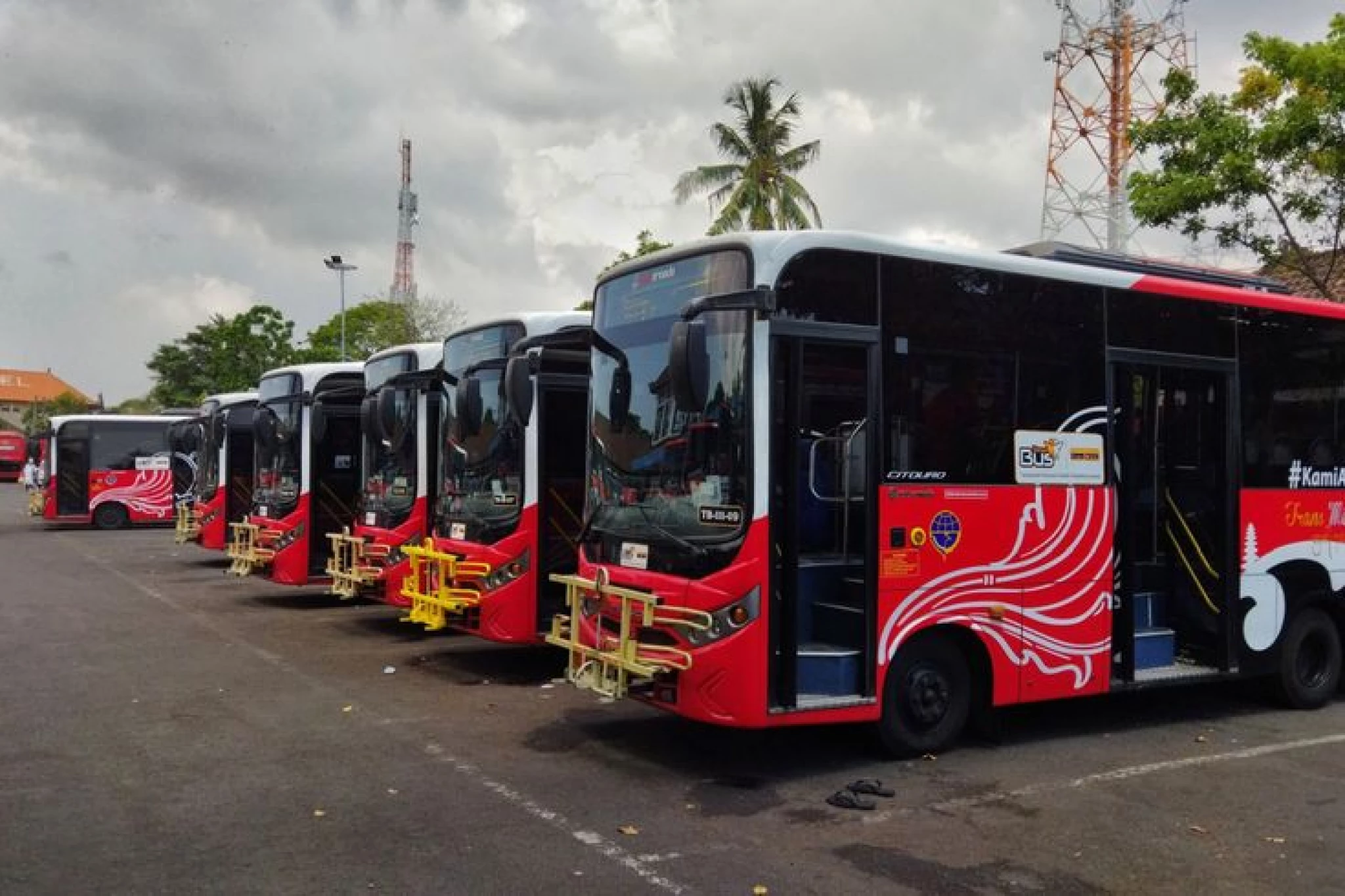Investissement Villa Bali
Oct 30, 2025
how to get around in bali - the complete bali transportation guide (2025)
Bali isn’t a large island, but its road network and traffic can make travel time unpredictable. Public transport is limited, and while distances look short on a map, travel between popular areas like Seminyak, Ubud, and Canggu can take much longer than expected — especially during peak hours. That’s why choosing the right mode of transport makes all the difference. From scooters that zip through traffic to private cars with local drivers who double as guides, there’s a way for everyone to get around — if you know what to expect.
Here are the most popular (and most talked-about) way to move around Bali:
1) Scooters (motorbikes) - cheapest and most flexible, but use with care
Renting a scooter is the most common way to explore neighbourhoods like Canggu, Seminyak, or Ubud. Daily rates typically start from roughly IDR 50k-80k (≈ USD 3-6) for a basic automatic scooter, though models and seasonality change prices. Scooters are quick and cheap for short hops, but they have limits: luggage capacity, exposure to weather, and safety risks in heavy traffic.
Important legal & safety notes:
Many reliable travel guides and local authorities state you must carry a valid motorcycle licence plus an International Driving Permit (IDP) if you ride in Bali, police can fine riders and insurance may be void without proper documents. Wear a helmet, inspect the bike, and avoid riding at night or in heavy rain unless you’re experienced.
2) Ride-hailing apps & ojek (Gojek, Grab) - the easiest urban option

Gojek and Grab dominate Bali’s ride-hailing market. You can order:
Ojek (motorbike) rides: fastest in traffic and very cheap for short distances (often IDR 15k-40k).
Car rides: convenient for airport runs or short transfers (typical short fares IDR 40k-100k depending on distance and surge). Apps are usually cheaper and more reliable than flagging a street taxi; however, service availability and pricing can shift (surge pricing during peak times or when platforms change policies).
3) Private drivers & car hire - best value for day trips and groups
Hiring a private car + driver gives air-conditioning, local knowledge, and stress-free logistics. Typical rates for a full day (8-10 hours) vary by provider, but expect roughly IDR 600k-1,500k (USD ~35-95) depending on vehicle type and pickup location — splitting the cost across 2-4 people often makes this cheaper per head than scooters or taxis for the same itinerary. Private drivers are excellent for temple circuits, rice-field tours, or multi-stop days.
Tip: Book reputable drivers (hotel recommendations, established agencies, or well-reviewed platforms). Confirm fuel, tolls and overtime rates up front.
4) Taxis, shuttles & public buses - practical for fixed routes
Taxis: Blue Bird is the most trusted metered taxi brand; always prefer metered taxis or app bookings. Haggled “freelance” taxis can charge more.
Tourist shuttles: Services such as Kura-Kura Bus and private shuttle operators run fixed routes between Kuta, Seminyak, Ubud and tourist hubs — a predictable, low-stress option for travelers on a budget.
5) Boats & ferries - how to reach nearby islands safely

To visit Nusa Penida, Nusa Lembongan, or the Gilis, you’ll take a fast boat or ferry from Sanur, Padangbai, or Serangan. Typical one-way fares for fast boats (Bali → Nusa Penida) are around IDR 150k-250k. Safety matters: choose licensed operators, check weather conditions, and verify life jacket provision. Recent maritime incidents in the region highlight the importance of picking reputable companies and monitoring sea conditions.
Booking tip: Use trusted aggregators, hotels, or operator websites. Avoid boarding overcrowded boats.
6) Cycling & walking - great for small zones
Certain areas (central Ubud, quiet lanes in some parts of Canggu or Sanur) are pleasant by foot or bicycle. Rent a bike for short café hops or village loops, but avoid cycling on busy main roads and be cautious after dark.
7) Practical tips, costs & safety checklist
Carry proper licences: bring your home licence + IDP for scooters/motorbikes.
Have the apps: install Gojek and Grab; top up with local credit or a working payment method.
Cash & small change: useful for parking, tips, and small taxis that don’t accept cards.
Negotiate and confirm: agree fares for non-metered taxis or private drivers before travel; get written quotes from agencies.
Safety gear: helmets, life jackets (for boats), and common-sense road awareness. Avoid risky boat operators or riding a scooter in heavy rain.
8) How to choose the right transport for your trip

Solo day exploring (short distances): scooter or ojek app.
Couples or small groups on day trips: private car + driver (comfort + local tips).
Budget, longer distances between towns: tourist shuttles or scheduled buses.
Island hopping: reputable fast boat operator (book in advance and check weather).
Conclusion
Bali offers transport for every travel style, from cheap scooters and fast ojeks to comfortable private drivers and scheduled shuttles. The smartest approach is to mix options: use scooters or ojeks for quick local trips, hire a driver for full-day excursions, and book reputable boats for island travel. Above all, prioritise safety and documentation (IDP, helmet, life jacket) so your trip stays fun and worry-free.